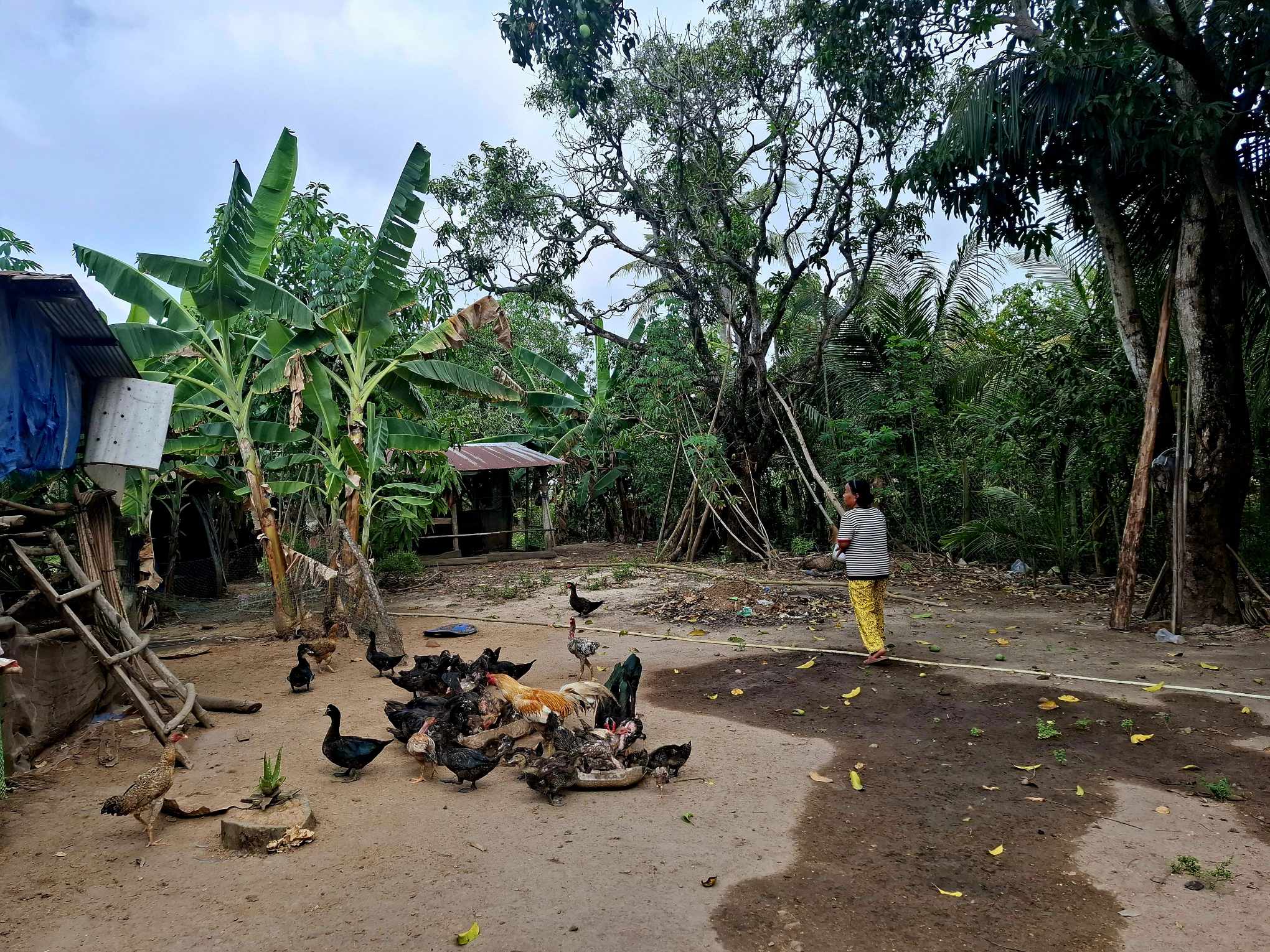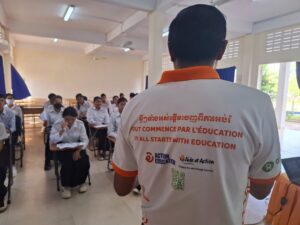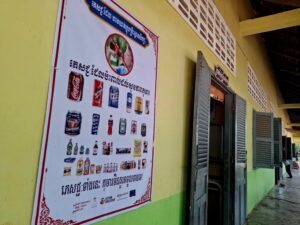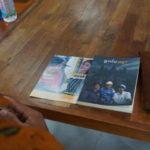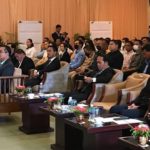Not all marginalization is the same. For women with disabilities, exclusion is multiple and layered. They are pushed to the margins not just once—but over and over again. For being women. For being disabled. For living in poverty. For being from rural areas. For being too young to be heard or too old to be valued.
This is not just discrimination—it’s intersectional discrimination. And it must no longer be ignored, dismissed, or minimized. Let’s be honest: a woman with a disability in a rural village is more likely to be excluded from school, shut out of the job market, and erased from public life.
But this isn’t because she lacks the will, the talent, or the resilience. It’s because our systems were never built with her in mind.
Yet, despite the hardship, women like Kheng Phal are rewriting the narrative. This woman with a visual impairment from Ches Village in Kampot, Cambodia, isn’t just surviving, she’s thriving. Her journey isn’t a charity case—it’s a case study in what works. Her story is proof that when gender and disability are addressed together, the outcome isn’t dependency—it’s transformation.
Shifting the narrative
People who face multiple discrimination often develop strong resilience, navigating systems of oppression with strength. Their experiences give them a unique position to challenge and reshape systems. Their struggles fuel innovation and creativity towards a more inclusive society.
True inclusion means co-designing our programs with women with disabilities—not just “targeting” them. We must recognize them as agents of change, entrepreneurs, leaders, and community builders—not just “beneficiaries.” We must co-create with them, listen to them and, follow their lead.
We do not want pity.
We want change.
The road to an inclusive society won’t be paved by charity. It will be built through action—rooted in the voices of the most excluded. Until every woman with a disability is seen, heard, and included—none of us can claim we’re living in a just society.



